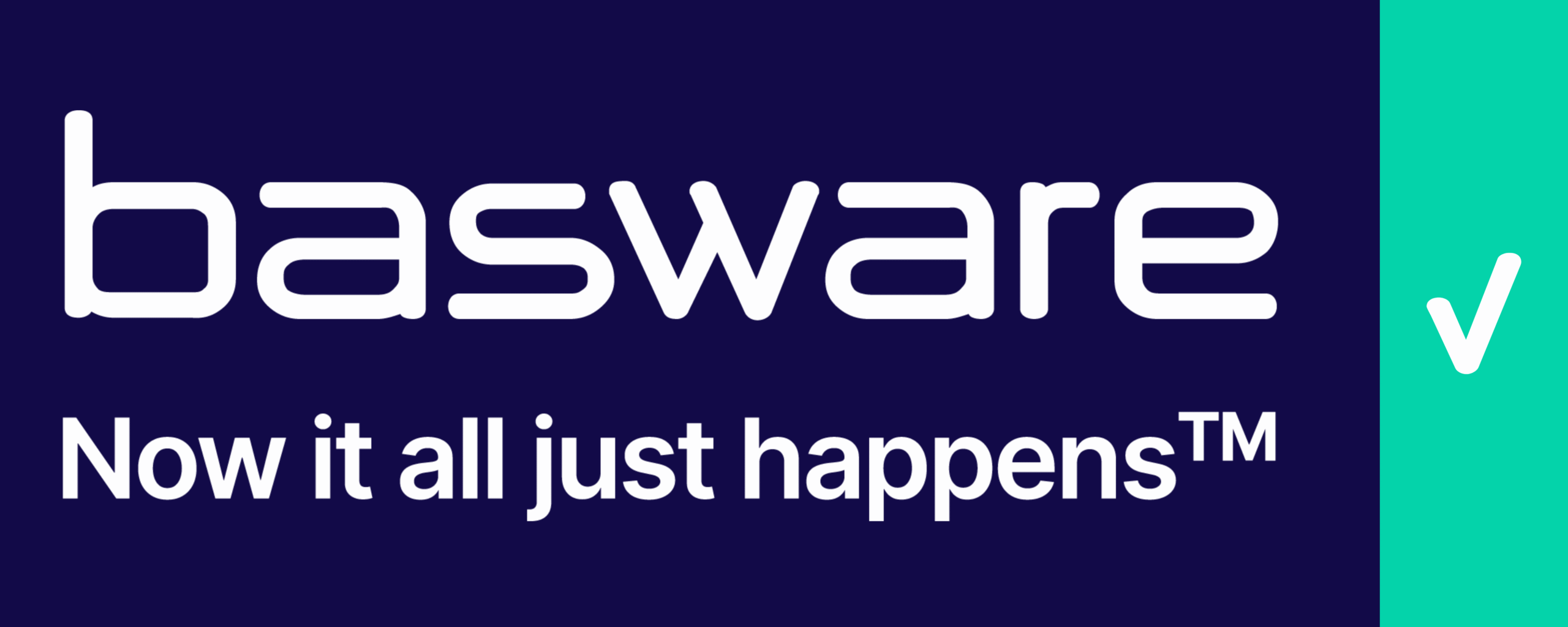- EN 16931 standard does not specify a rounding rule
- Businesses can choose rounding methods based on their country’s legal requirements
- Different rounding methods may cause small result differences
- In Germany, the Value Added Tax Application Decree provides the correct rule
- Invoices must show tax rate and calculated tax amount
- Tax amount must be calculated to the cent
- If more than two decimal places, round down if next digit is 4 or less, round up if 5 or more
- Rule applies specifically to tax calculations
- Rounding issues can arise from system handling of floating-point numbers
- Systems process more decimals than displayed, causing small differences
- Switching to XSL version 2.0 can fix floating-point processing issues
- XSL version 2.0 does not prevent differences from chosen rounding method
Source: fiscal-requirements.com
Note that this post was (partially) written with the help of AI. It is always useful to review the original source material, and where needed to obtain (local) advice from a specialist.
Latest Posts in "Germany"
- German Court Rules on Input VAT Adjustment for Repayment by Guarantors in Failed Transactions
- German Court Clarifies Input VAT Adjustment Rules for Repayment by Bank Guarantors
- German Court: Input VAT Deduction Must Be Adjusted After Import VAT Repayment in Insolvency
- Direct VAT Refund Claim by Recipient in Supplier Insolvency Approved by Baden-Württemberg Tax Court
- VAT Exemption for Educational Services Expanded and Redefined in Germany from January 2025















